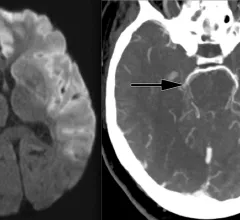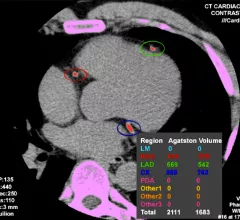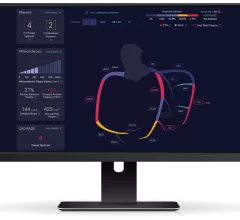Computed Tomography
Computed tomography (CT) is a fast and accurate imaging modality often used in emergency settings and trauma imaging. CT scans, with or without (or both) iodinated contrast are frequently used to image the brain, chest, abdomen and pelvis, but also have post-imaging reconstructive capabilities for detailed orthopedic imaging. It is now a standard imaging modality in emergency rooms to quickly assess patients. CT uses a series of X-ray images shot as the gantry rotates around the patient. Computer technology assembles these into into a dataset volume than can be slices on any access, or advanced visualization software can extract specific parts of the anatomy for study. Find more content specific to cardiac CT.

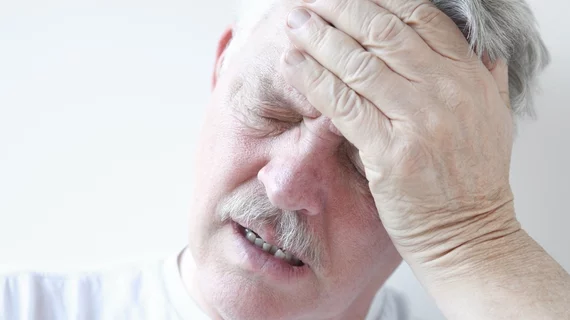
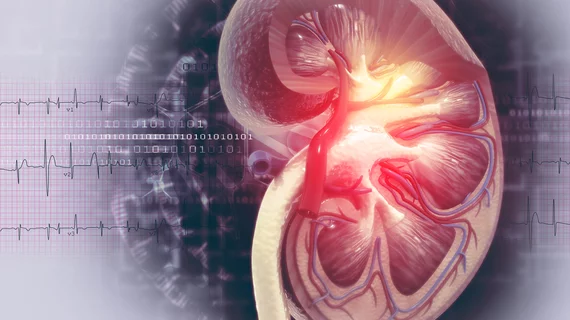



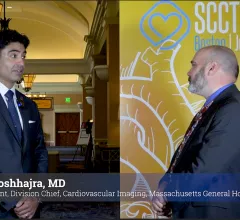



![Ron Blankstein, MD, MSCCT, associate director, cardiovascular imaging program, director, cardiac computed tomography, Brigham and Women's Hospital, and professor of medicine, Harvard Medical School, was a co-author on the ACC 2021 Chest Pain Guidelines,[1] which now lists coronary computed tomography angiography (CCTA or CTA) as a 1A level recommendation for front line imaging. He gave an overview of the guidelines during the 2022 Society of Cardiovascular CT (SCCT) meeting in July. #SCCT2022](/sites/default/files/styles/240x220/public/2022-07/rob_blankstein_video_interview_slide.jpg.webp?itok=o_z0Rfln)
